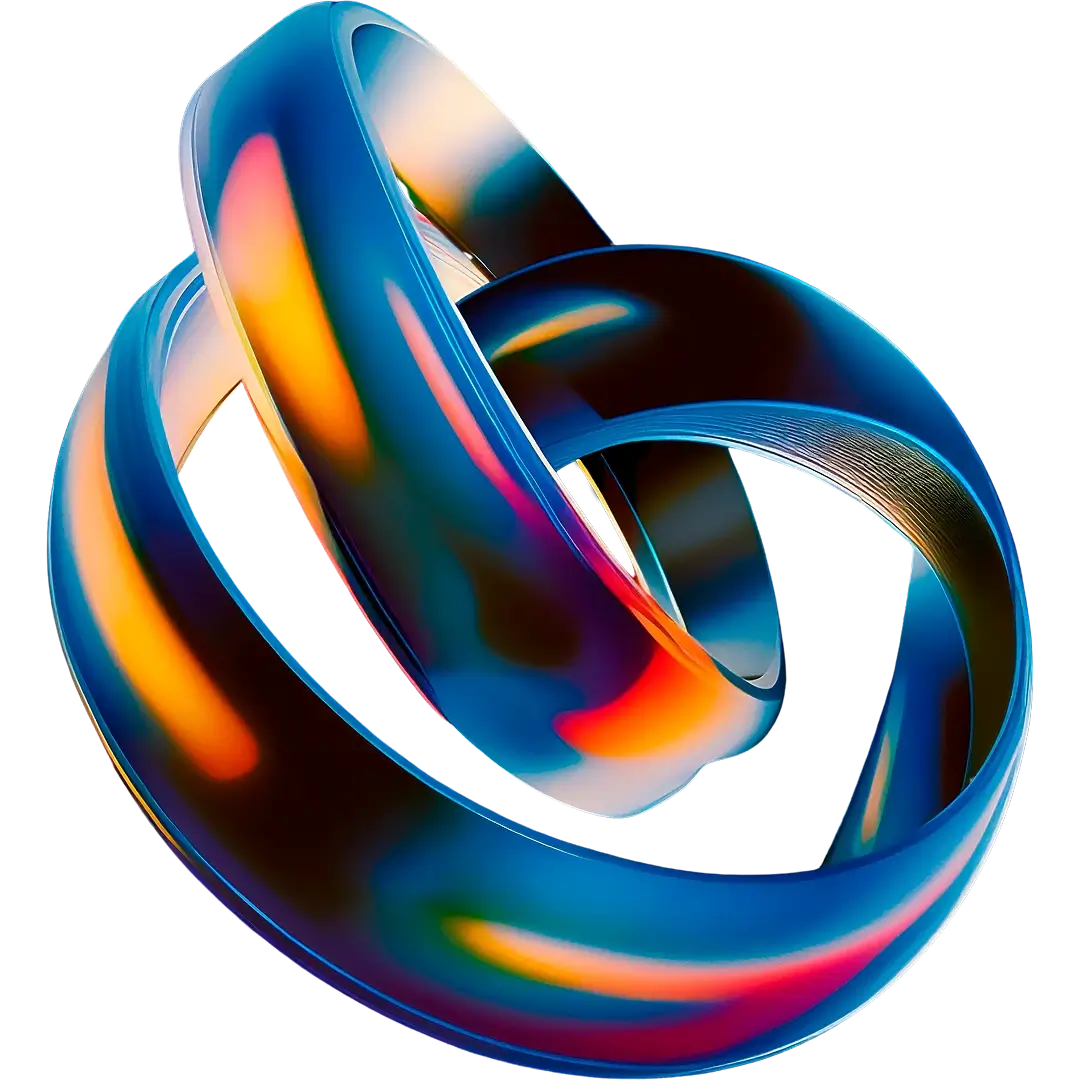What is
computer vision?
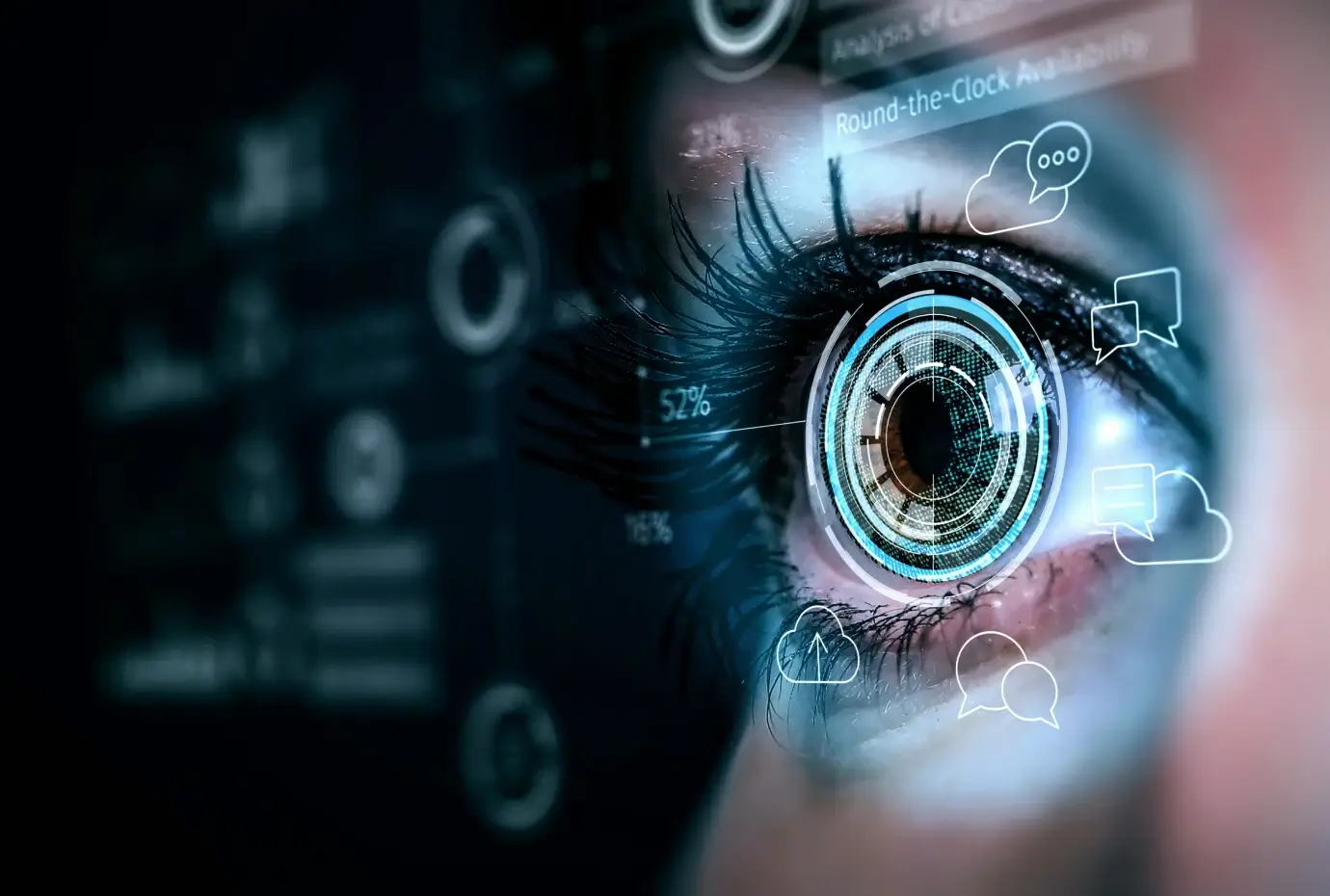
Computer vision is a subset of artificial intelligence (AI) that enables systems to interpret and make decisions based on visual data. It's like teaching a computer to see and understand the world similarly to how humans do.
Just as you recognise a familiar face in a crowd, computer vision algorithms can identify objects in images, analyse medical scans, or enable autonomous vehicles to navigate safely.
Why choose DevicoAI for сomputer vision services?






High retention rate
96%
Our dedicated team ensures consistent support and expertise, significantly above the industry average of 80%.
Wide expert network
3000
Access to over 3000 engineers and AI experts.
Proven track record
500,000
Over 500,000 man-days successfully delivered.
Support
24/7
Highly experienced management team available around the clock.
Gather accurate data
Computer vision adoption growth is expected to reach 270% over four years
Computer vision development process
01
Data collection
Gathering relevant data from various sources.
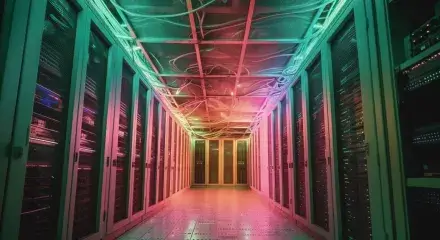
02
Data preparation
Cleaning and organizing data to make it suitable for analysis.
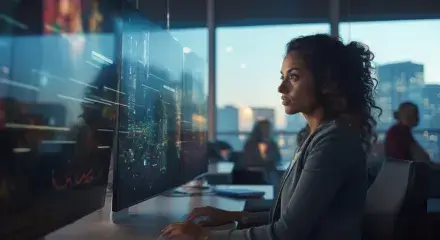
03
Model training
Using algorithms to train a model on the prepared data.
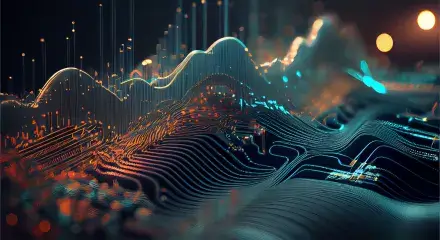
04
Model evaluation
Assessing the model's performance to ensure it meets the desired criteria.
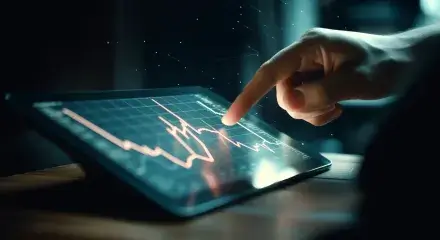
05
Model deployment
Implementing the model in a real-world environment.
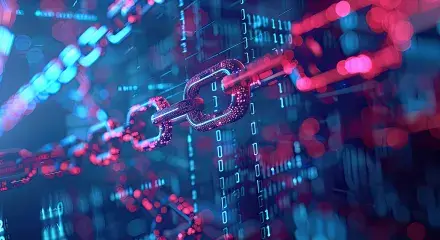
06
Monitoring and maintenance
Continuously tracking the model's performance and updating it as necessary.
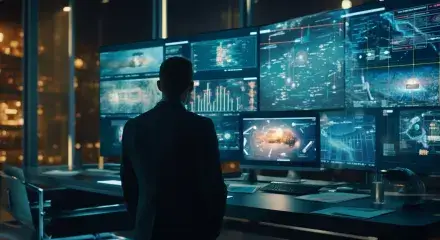
How businesses are using
computer vision
Healthcare
Computer vision can analyse medical images for disease detection and treatment planning. It significantly improves diagnostic accuracy and speeds up the diagnosis process, leading to better patient outcomes.
Use cases:
- Disease detection from medical imaging.
- Surgical assistance with real-time image analysis.
- Patient monitoring and anomaly detection.
- Automated analysis of pathology results.
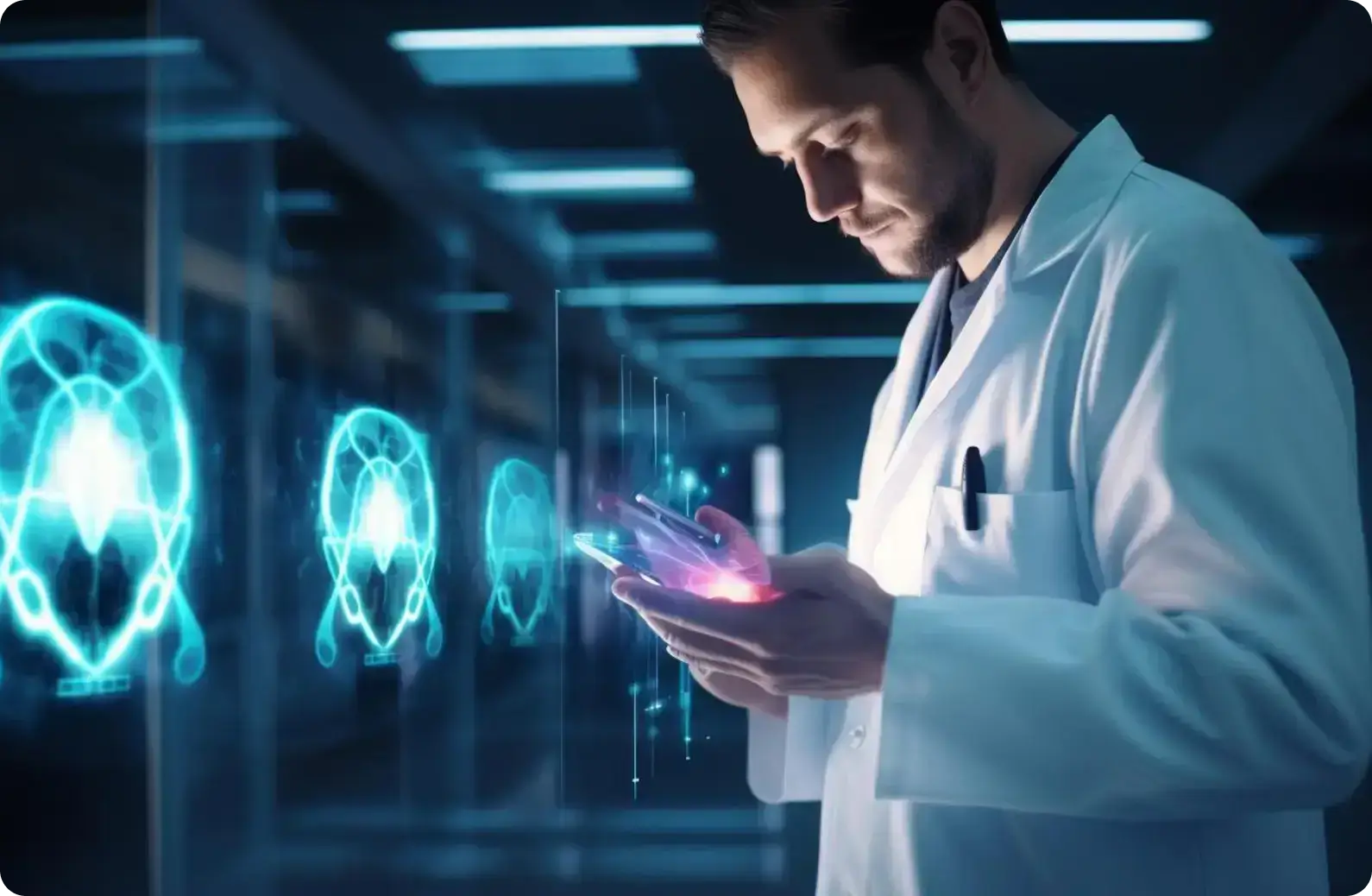

Computer vision can analyse medical images for disease detection and treatment planning. It significantly improves diagnostic accuracy and speeds up the diagnosis process, leading to better patient outcomes.
Use cases:
- Disease detection from medical imaging.
- Surgical assistance with real-time image analysis.
- Patient monitoring and anomaly detection.
- Automated analysis of pathology results.
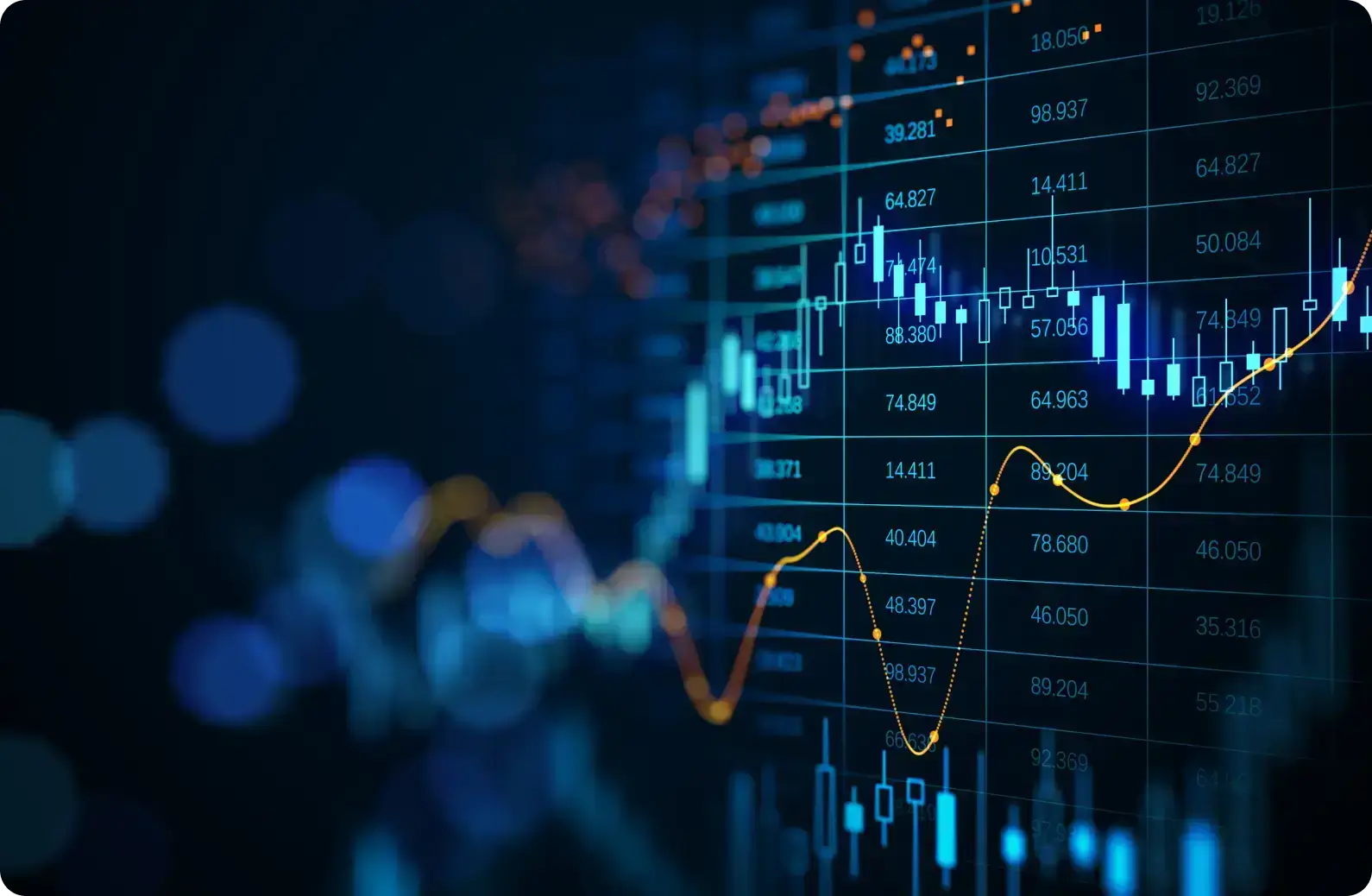
Financial institutions use computer vision for facial recognition to enhance security and automate processes like cheque deposit via mobile apps. This technology also helps in preventing fraud and ensuring compliance with regulations.
Use cases:
- Facial recognition for secure customer authentication.
- Automated processing of financial documents.
- Detection of fraudulent activities.
- Enhanced compliance with KYC (Know Your Customer) regulations.
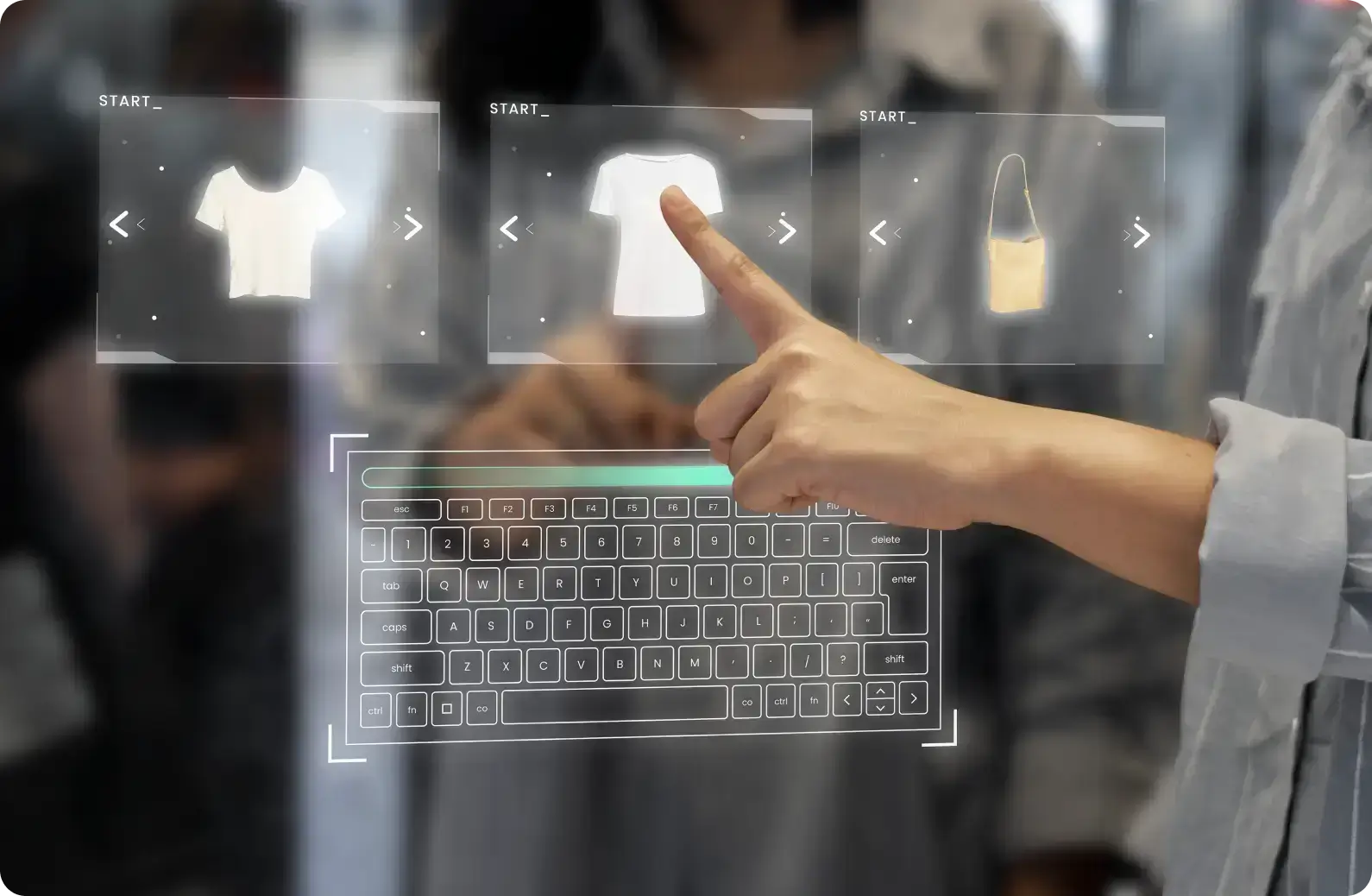
Retailers leverage computer vision for personalised marketing and enhancing customer experiences. This technology is used to analyze customer behavior, manage inventory, and even create cashier-less stores.
Use cases:
- Customer behavior analysis for personalized marketing.
- Automated checkout systems.
- Real-time inventory management.
- In-store security and theft prevention.
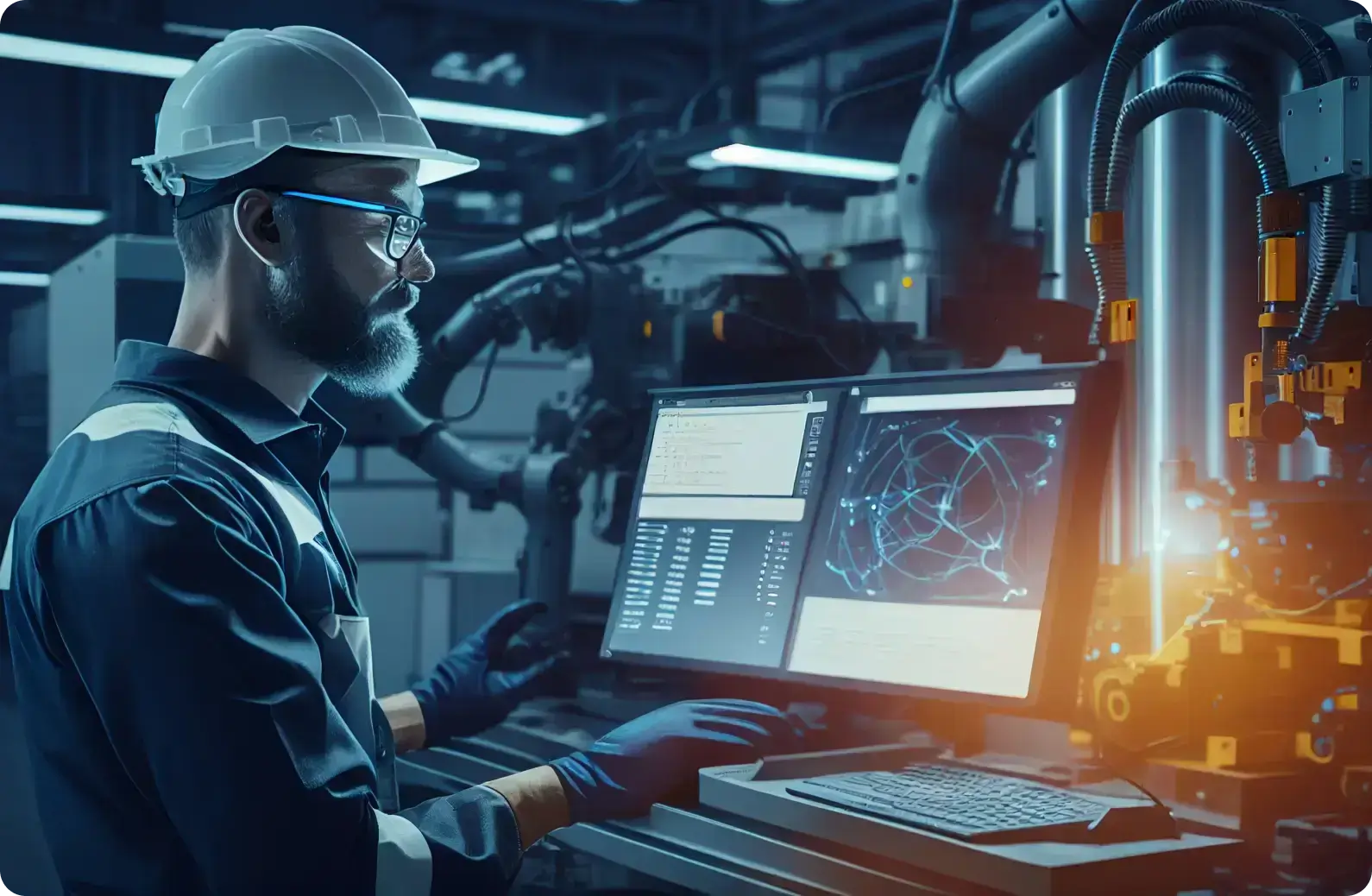
In manufacturing, computer vision helps with quality control and predictive maintenance. It ensures products meet quality standards and helps in maintaining equipment by predicting failures before they occur.
Use cases:
- Automated quality control inspections.
- Predictive maintenance of equipment.
- Monitoring production lines for efficiency.
- Safety compliance and hazard detection.
Be resilient and competitive
From smart automation to real-time analytics -
utilize computer vision with DevicoAI
Сore capabilities of
computer vision
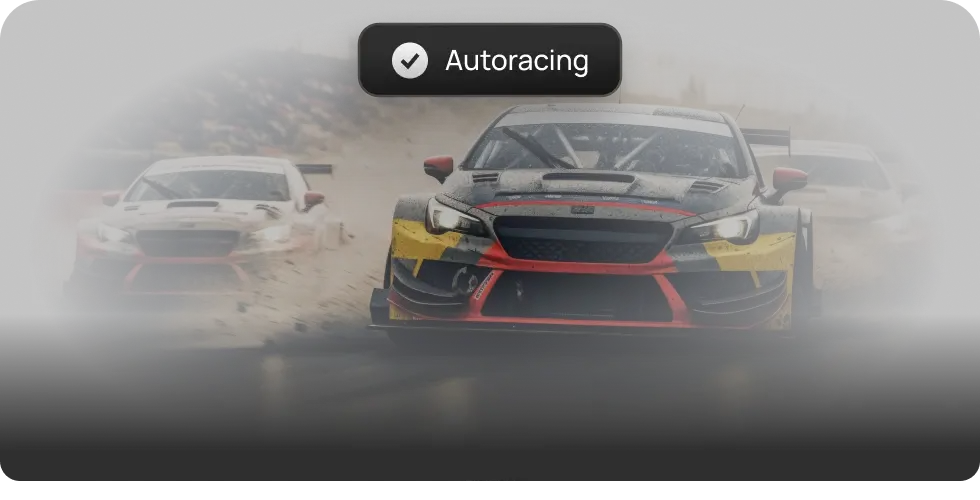
Image recognition
Identifying objects and features in images. It helps in applications like photo tagging, medical image analysis, and surveillance.
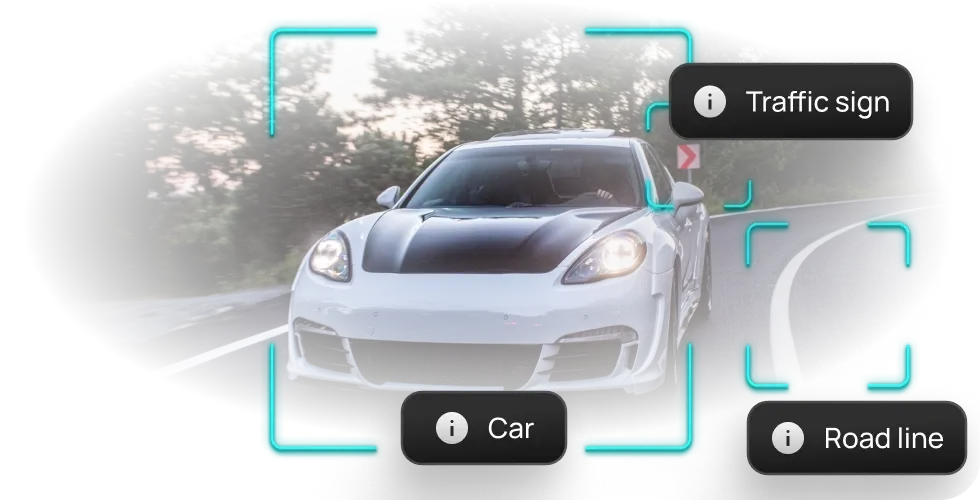
Object detection
Locating and identifying objects within an image or video. It’s used in security systems, autonomous vehicles, and industrial inspection.
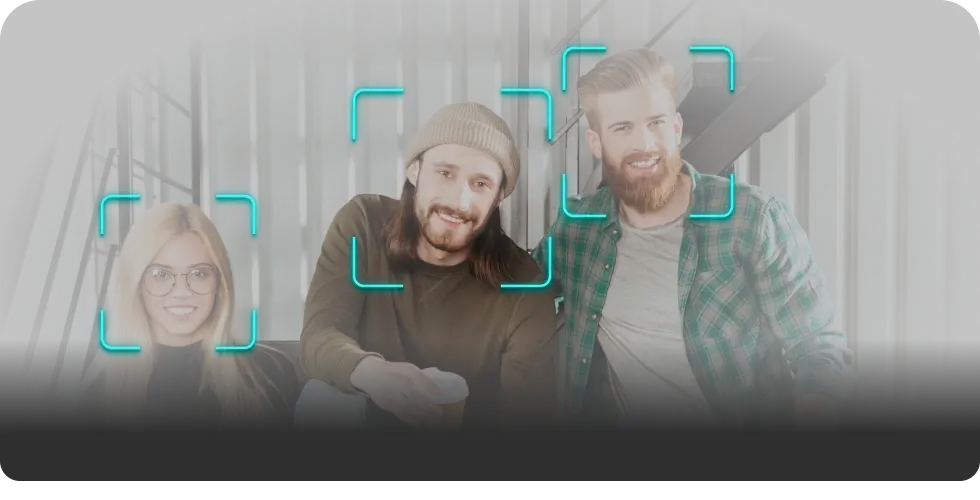
Facial recognition
Detecting and recognising human faces in images and videos. It’s widely used for authentication, security, and personalised user experiences.
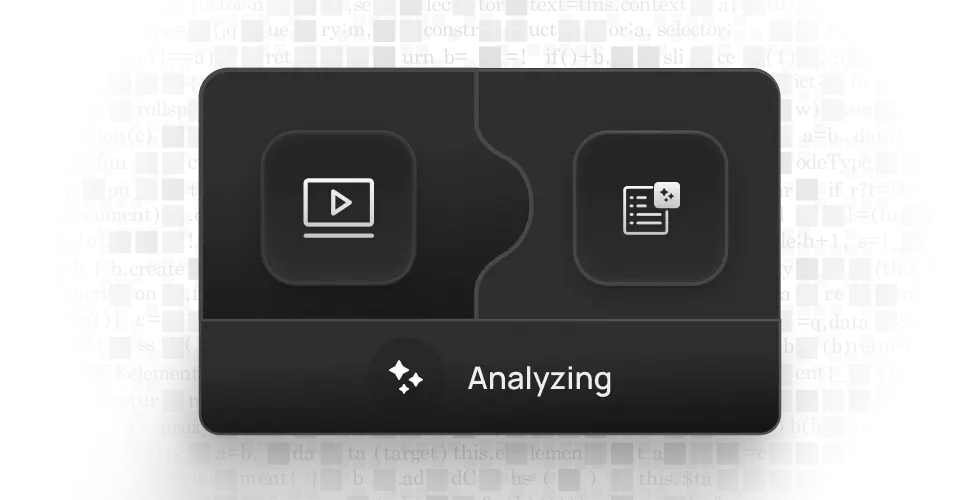
Video analysis
Analysing video content to detect and track objects or activities. It’s crucial for surveillance, activity recognition, and event detection.
Advanced computer vision techniques
Criteria
Convolutional Neural Networks (CNNs)
Generative Adversarial Networks (GANs)
Transfer Learning
Definition
A class of deep neural networks, most commonly applied to analysing visual imagery.
A class of machine learning frameworks where two neural networks contest with each other to create new, synthetic instances of data.
Utilising a pre-trained model on a new, related problem.
Goal
Automatically and accurately recognise patterns in images.
Generate new, realistic images by learning the distribution of the original dataset.
Leverage existing models to reduce training time and improve performance on new tasks.
Algorithms
Convolutional layers, pooling layers, fully connected layers.
Discriminator and generator network.
Fine-tuning pre-trained models, domain adaptation.
Data Requirement
Requires large amounts of labelled image data.
Requires substantial data for both networks to learn the data distribution.
Requires less data than training a model from scratch, using pre-trained models.
Advantages
High accuracy in image classification tasks, ability to capture spatial hierarchies in images.
Capable of generating high-quality synthetic images, useful for data augmentation.
Significantly reduces training time and resources, improves performance with less data.
Applications
Image classification, object detection, facial recognition, medical image analysis.
Image generation, data augmentation, image-to-image translation.
Custom image classification, object detection, semantic segmentation.
Techniques
Backpropagation, activation functions (ReLU), dropout regularisation.
Adversarial training, optimisation of generator and discriminator.
Model fine-tuning, transfer learning architectures like VGG, ResNet.
Get in touch
Drop us a line about your project and we will contact you within a business day
Our locations
New York
521 Fifth Ave, NY 10175
+1 805 491 9331London
9 Brighton Terrace, SW9 8DJ
+44 1922 214429Warsaw
Towarowa 28, 00-847
info@devico.ioLviv
Uhorska str. 14, 79034
info@devico.ioQuestions & answers
Why should we choose DevicoAI as a vendor for Computer Vision services over competitors?
With advanced expertise, DevicoAI helps your company to exceed human-level identification accuracy, fast-tracking your operational workflow to turn a concept into reality.
How much do Computer Vision services cost?
The cost depends on the complexity of the project, the technologies involved, and the scope of the solution. We offer tailored pricing based on your needs and goals to ensure you get the best value for your investment.
Do I need a lot of data to use Computer Vision?
This varies depending on the specific project and set goals. DevicoAI can help you assess your data readiness and explore strategies for maximizing its value. If you can’t provide a ready data set, we can use our field data collection for model development.
